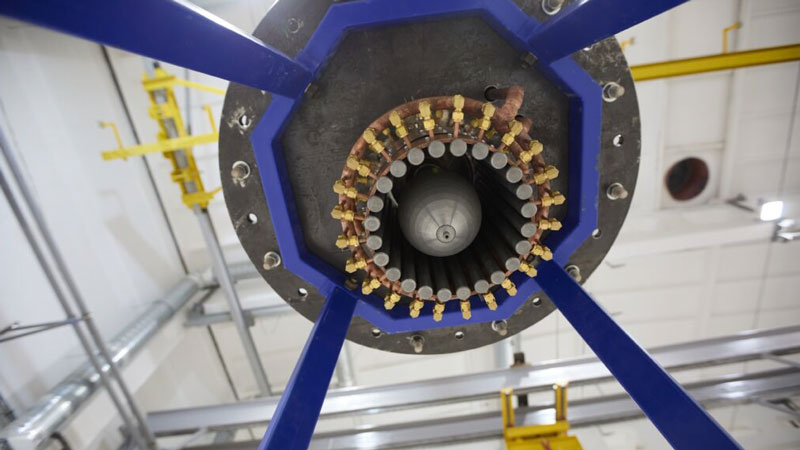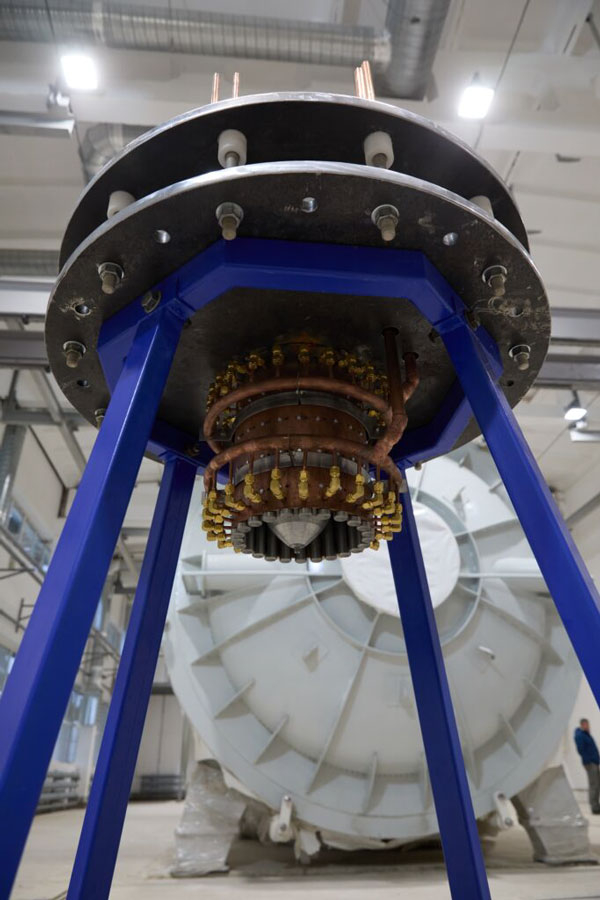As reported by Rosatom, the corporation’s scientists, together with their colleagues, created and tested a laboratory prototype of a plasma electric rocket engine based on a magnetic-plasma accelerator. The distinctive feature of the development was the increased thrust parameters (at least 6 N) and specific impulse (at least 100 km/s). Industrial implementation of such an installation will deliver a rocket to Mars in 30-60 days, which will reduce the danger of flights to the Red Planet.

Image source: Rosatom
«Currently, a flight to Mars using conventional engines can take almost a year one way, which is dangerous for astronauts due to cosmic radiation and radiation exposure. Using plasma engines can shorten the mission to 30-60 days, meaning it will be possible to send an astronaut to Mars and back. Creating a prototype is one of the most important stages of the project, since it determines whether such an engine will be suitable for space “nuclear tugs” in the future, and whether it will be possible to reduce the costs of their production in general,” Alexey Voronov, First Deputy Director General for Science at the Rosatom Research Institute in Troitsk, commented on the announcement.
A test facility is being created at the Troitsk site to test this prototype and others in conditions close to outer space. The vacuum chamber of the stand has a diameter of 4 m and a length of 14 m. An effective heat removal system from the chamber is provided for testing engines in operation.

The average power of such an engine in the pulse-periodic mode reaches 300 kW. Plasma electric rocket engines are inferior in thrust to chemical engines, but due to a much more economical fuel consumption – the working fluid that turns into ions and flies out of the rocket nozzles with acceleration – they can accelerate to much higher speeds. Their trump card is excellent efficiency, and for flights to the far corners of the Solar System, this is the main thing.